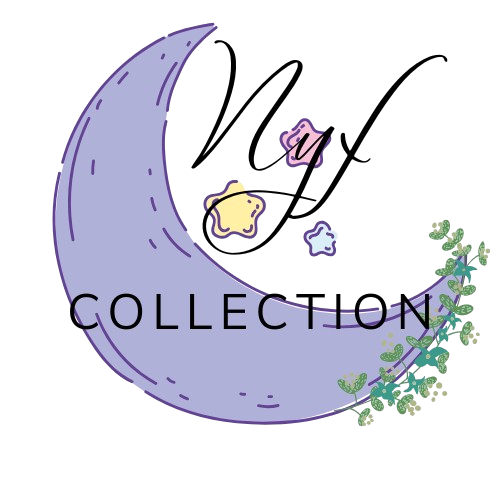Are menstrual cups better for you than tampons?
A Deep Dive into Materials, Safety, Cost & Sustainability
Periods are personal, and so is period care. While tampons have been around for decades, menstrual cups have gained major popularity as a reusable, eco-friendly alternative. But are they actually better for you than tampons?
Let’s break it down and compare menstrual cups vs. tampons across the areas that matter most: materials, usage, safety, cost, comfort, and the environment.
🧪 1. MATERIALS: What's Inside Matters
Tampons
-
Made of cotton, rayon, or a blend
-
Often bleached or treated with chemicals
-
Sometimes include fragrances (which can irritate sensitive skin)
-
Wrapped in plastic or synthetic materials
Menstrual Cups
-
Made of medical-grade silicone, TPE, or rubber
-
Hypoallergenic and non-toxic
-
No dyes, bleaches, or fragrances
-
Durable and safe for long-term use
✅ Winner: Menstrual Cups — safer materials, especially for those with sensitivities or allergies.
⏱️ 2. USAGE: How Long Do They Last?
Tampons
-
Wear time: 4–8 hours max
-
Must be replaced multiple times per day
-
Risk of Toxic Shock Syndrome (TSS) if left in too long
-
Different absorbency levels needed for each flow type
Menstrual Cups
-
Wear time: up to 12 hours
-
One cup for all flow levels (just empty more often on heavy days)
-
No fibers left behind
-
Lower TSS risk when used correctly
✅ Winner: Menstrual Cups — fewer changes, longer wear time, and safer with proper care.
💸 3. COST: Upfront vs. Long-Term
Tampons
-
~$6–10 per box
-
Used monthly = ~$120+ per year
-
Always buying more
Menstrual Cups
-
~$25–40 one-time cost
-
Lasts 5–10 years
-
Total cost = just a few dollars per year
✅ Winner: Menstrual Cups — huge savings over time.
🌍 4. ENVIRONMENTAL IMPACT: Reuse vs. Waste
Tampons
-
Single-use: creates thousands of waste products over a lifetime
-
Packaging, applicators, and wrappers = plastic pollution
-
Tampons often end up in oceans and landfills
Menstrual Cups
-
Reusable for up to 10 years
-
One product = hundreds of tampons avoided
-
Minimal packaging waste
-
Most cups are recyclable at end of life
✅ Winner: Menstrual Cups — far more sustainable and eco-conscious.
🚽 5. BEGINNER EXPERIENCE: Ease of Use
Tampons
-
Familiar for many
-
Easy to insert and dispose
-
Some discomfort if inserted incorrectly
-
Can cause dryness or irritation
Menstrual Cups
-
Steeper learning curve (folding, inserting, sealing)
-
Can be intimidating at first
-
Once mastered, many find it more comfortable and leak-free
-
No dryness or friction
🤔 Tie — Tampons are easier for beginners, but menstrual cups become more comfortable long-term.
🩺 6. BODY HEALTH & COMFORT
Tampons
-
Can dry out the vaginal wall
-
Sometimes leave fibers behind
-
Associated (rarely) with TSS
-
May contain pesticides from cotton
Menstrual Cups
-
Maintain natural moisture
-
No foreign chemicals or fibers
-
Gentle suction holds cup in place
-
Fewer infections reported in studies
✅ Winner: Menstrual Cups — gentler on the body and better for vaginal health.
🧾 Final Comparison Table
| Feature | Tampons | Menstrual Cups |
|---|---|---|
| Material | Cotton/rayon | Medical-grade silicone/TPE |
| Wear Time | 4–8 hours | Up to 12 hours |
| Cost (per year) | ~$120+ | ~$25 every 5–10 years |
| Environmental Impact | High waste | Low waste / reusable |
| Beginner Friendly | Easy | Moderate learning curve |
| Vaginal Health | May cause dryness | Maintains natural moisture |
💬 Final Thoughts: Which One’s Better?
If you’re looking for a product that’s:
-
Safer for your body
-
Cheaper in the long run
-
Eco-conscious
-
Long-lasting
Then menstrual cups win hands down.
That said, tampons still work great for many people—especially during travel or as a backup. Some even use both, depending on the situation.
💡 The key is choosing what’s comfortable and healthy for you—but menstrual cups offer some undeniable long-term benefits.
Ready to make the switch?
✨ Shop high-quality, beginner-friendly menstrual cups and eco-care products at NYXCOLLECTION — where sustainability meets comfort.
